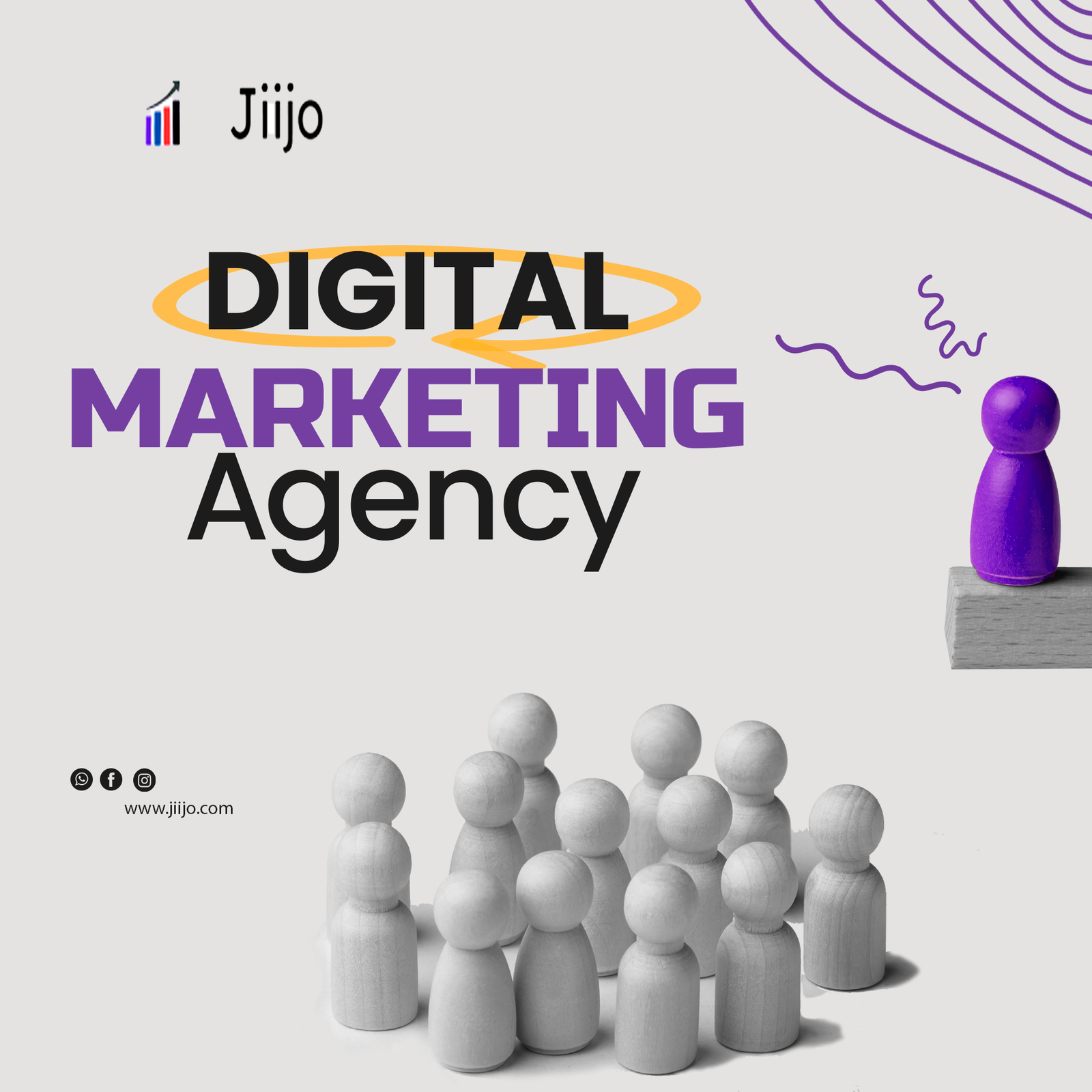
Introduction: What is Digital Marketing?
Digital marketing is the practice of promoting products or services using digital channels to reach consumers efficiently and effectively. Unlike traditional marketing, which relies on physical media such as print ads, billboards, or TV commercials, digital marketing leverages the internet and electronic devices, allowing businesses to engage with a global audience instantly.
The rise of smartphones, social media platforms, and powerful search engines has transformed how brands communicate with their audience. Digital marketing encompasses a wide range of tactics and technologies aimed at driving brand awareness, customer engagement, and sales.
In today’s highly competitive environment, businesses without a digital marketing strategy risk falling behind. Understanding the core elements, tools, and trends in digital marketing is crucial for success.
History and Evolution of Digital Marketing
Digital marketing’s roots trace back to the 1990s with the advent of the internet. Early methods included simple banner ads and email marketing. As technology evolved, so did the sophistication of marketing tactics:
- 1994: The first clickable web banner ad appeared.
- 1998: Google was founded, revolutionizing search with its algorithm.
- Early 2000s: Rise of social media platforms such as Facebook (2004), YouTube (2005), and Twitter (2006).
- 2010s: Mobile marketing surged with smartphone adoption; programmatic advertising and data analytics became mainstream.
- 2020s: AI, machine learning, and personalization dominate digital marketing innovation.
Key Components of Digital Marketing
Search Engine Optimization (SEO)
SEO is the practice of optimizing websites to rank higher in search engine results pages (SERPs). This drives organic traffic, which is crucial for sustainable growth.
- On-page SEO: Keyword optimization, meta tags, quality content, and site structure.
- Off-page SEO: Backlinks and social signals.
- Technical SEO: Website speed, mobile-friendliness, and crawlability.
Pay-Per-Click Advertising (PPC)
PPC is paid advertising where marketers bid on keywords to show ads on platforms like Google Ads or social media. Advertisers pay only when users click the ads.
- Benefits: Immediate traffic, highly measurable ROI.
- Strategies: Keyword research, ad copywriting, landing page optimization.
Content Marketing
Content marketing involves creating valuable content to attract and retain an audience. Types include blog posts, videos, infographics, podcasts, and ebooks.
- Builds trust and authority.
- Supports SEO by targeting relevant keywords.
- Drives engagement through storytelling.
Social Media Marketing

Social media marketing uses platforms like Facebook, Instagram, LinkedIn, Twitter, and TikTok to promote brands and interact with customers.
- Paid ads and organic content.
- Influencer partnerships.
- Community building and customer service.
Email Marketing

One of the oldest digital marketing forms, email marketing remains powerful for nurturing leads and customer retention.
- Newsletters, promotional campaigns.
- Personalization and segmentation increase effectiveness.
Affiliate Marketing

Affiliate marketing is a performance-based strategy where affiliates promote products and earn commissions on sales.
- Expands reach without upfront costs.
- Common in ecommerce and software industries.
Influencer Marketing

Partnering with influencers leverages their audience to boost brand awareness and credibility.
- Micro-influencers offer niche engagement.
- Authenticity is key for success.
Mobile Marketing

Mobile marketing targets users on smartphones and tablets, through apps, SMS, push notifications, and location-based services.
- Mobile-first design is essential.
- SMS and in-app ads show high engagement rates.
Conclusion
Digital marketing has fundamentally transformed the way businesses connect with their audiences, offering unprecedented opportunities to engage, influence, and convert consumers in real time. From SEO and PPC to social media and influencer marketing, the digital landscape is rich with strategies that, when thoughtfully integrated, can deliver powerful results.
The key to success lies not only in mastering these individual components but in understanding how they work together to create a cohesive, data-driven marketing ecosystem. As technology continues to evolve—with advances in artificial intelligence, machine learning, and personalized experiences—marketers must stay adaptable, innovative, and customer-focused to thrive.
Ultimately, digital marketing is more than just a set of tactics; it is a dynamic process of building meaningful relationships and delivering value in the right place, at the right time. Businesses that embrace this mindset will not only grow but lead in the digital age.
